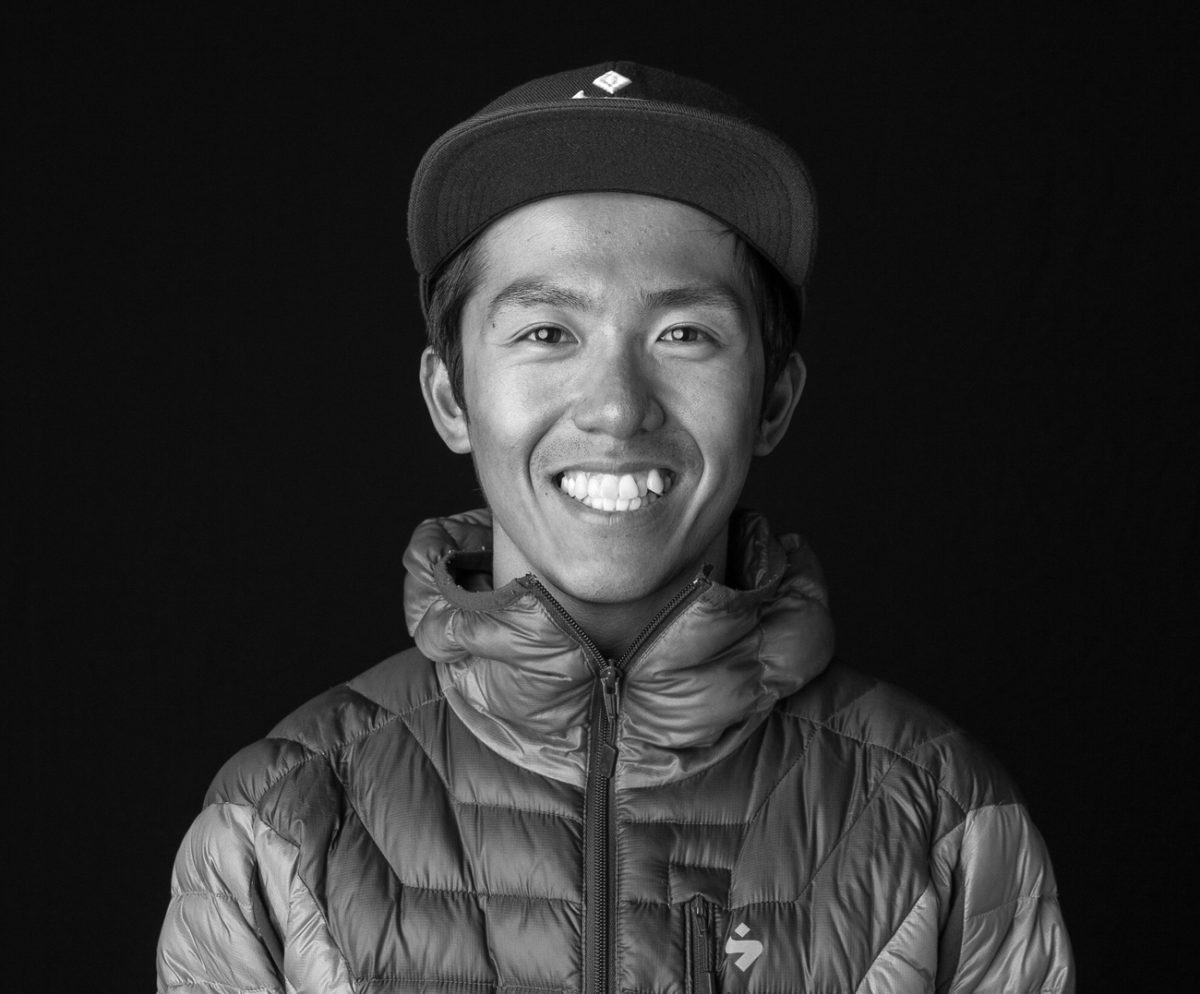Photo/Yoshiro Higai
While continuing to tail guide with Hakuba's backcountry guide service, he refines his riding skills as a rider and participates in freeride competitions. What is surprising is that since the second year of high school, he has aimed to become a ski guide and skier without hesitation. He has lived a very purposeful, constructive and positive ski bum life, not just a matter of course and escapism. I tried to approach the young free skier, Yuta Shimomura, so far and in the future.
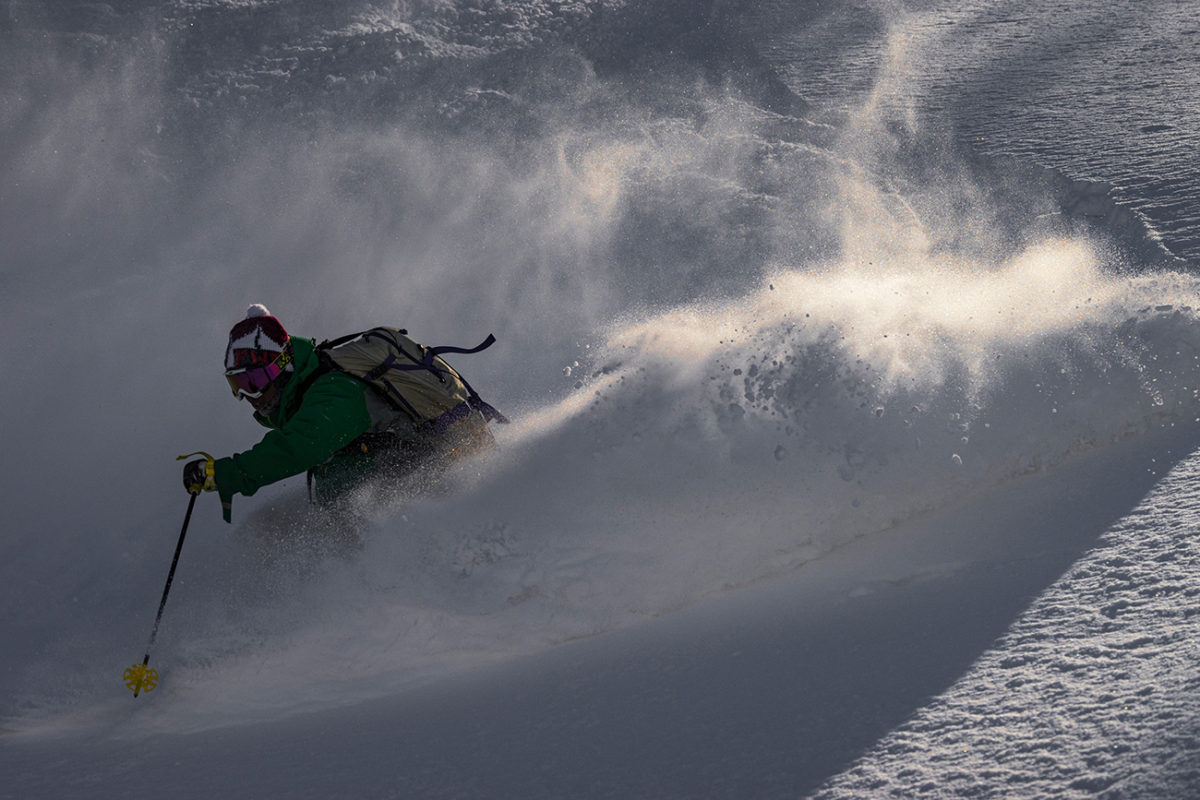
[Profile]
Yuta Shimomura
Born in Kimobetsu Town, Hokkaido in 1993. He started skiing at the age of two and started competing in alpine and cross country. In junior high school and high school, he participated in national junior high school ski competitions and inter-high school competitions as a cross-country skier. He became interested in backcountry skiing when he was in the second year of Kutchan High School, and went on to study at the International Natural Environment Outdoor College in Myoko. After graduating, he joined the Color Sports Club in Hakuba, where he works as a tail guide, and continues to participate in photography, trips, and freeride competitions as a rider.
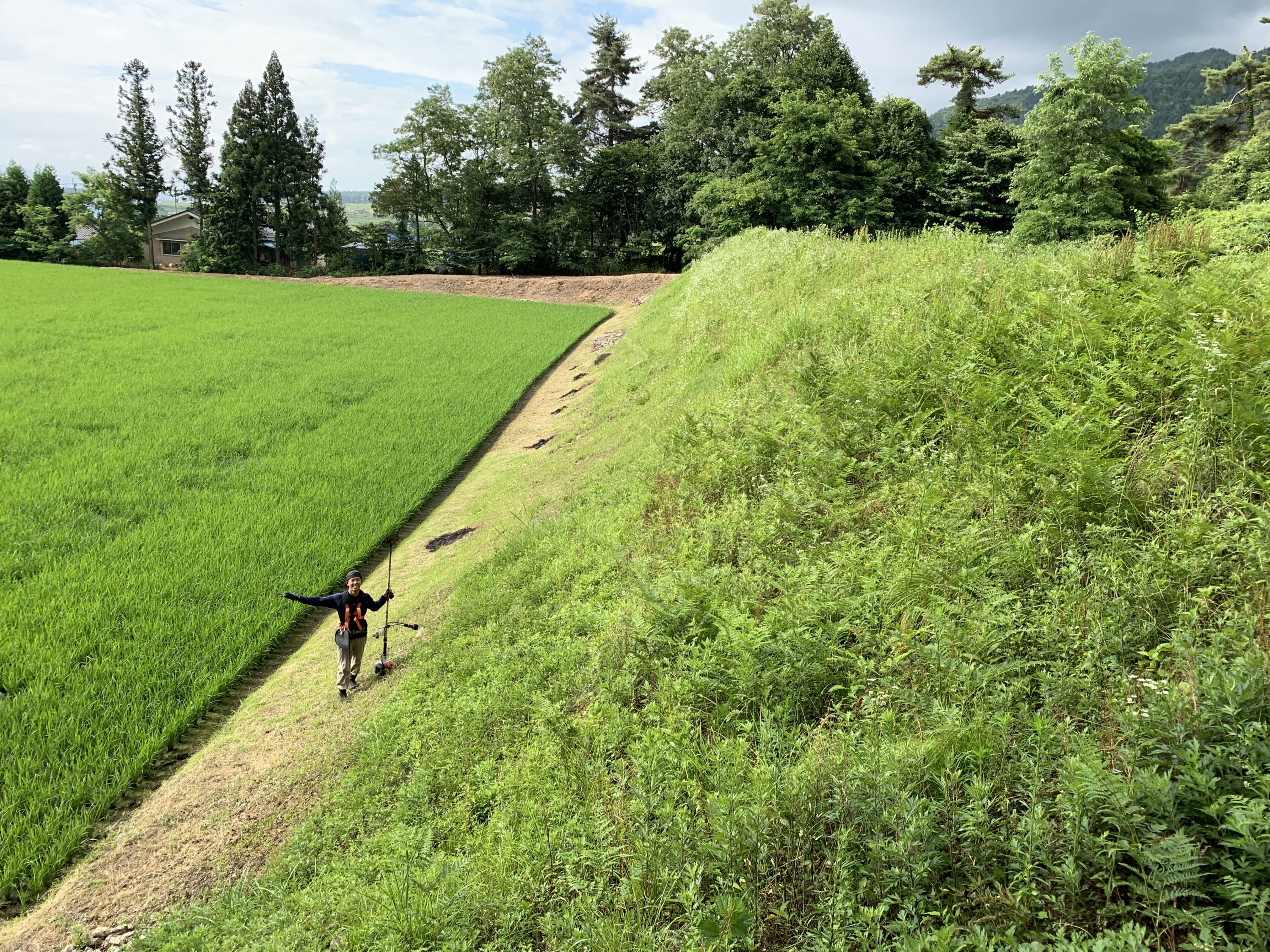
Living in Hakuba as a full-time skier,
how are you doing in the summer?
──What kind of work are you doing in the green season at this time?
This summer was farming. I am a rice farmer. After the rice planting, the work was finished, so I contracted to cut the grass separately from the farmers in June, July, and August. From now on, it will be the harvesting season, so I will be busy with my farm work again. Basically, the ski season is a period where you don't compete at all, so it's a job that fits my lifestyle perfectly (laughs).
──Farmers say they don't have weekends, but can they take days off?
Basically 1 day a week. But the mowing season was tough. The area I was in charge of was quite large, and the rainy season was long this year, so the work did not progress. There are almost no holidays in June and July. Owners of rice fields and fields cannot manage it by themselves. That's why I take on jobs, but most of them are mountain slopes, stone walls, and other places that cannot be mowed by machines. It was hot every day, and it was hard to work by hand.
--- How much will you earn?
In terms of mowing, I was in charge of an area of 20 to 25 chobo (one chobo = about 10,000 square meters), which is about 300 rice fields.
I work 20 days straight, take a day or two off, and then another 20 days. I did it 3 times in total. I was doing it with my senior at work. My goal for winter activity expenses is about 800,000 yen, including funds for overseas trips. Mowing the grass three times will bring in a certain amount of income, but that alone is not enough to cover winter activities.
──Have you been doing that job all summer?
No, I was working in the mountains until last year. I was part of the Hakuba mountain resident team (*2) for one season, and I also worked as a canyoning guide during the summer. After that, there was a lot of work for Tateyama.
──Is Tateyama's job a hut keeper?
No, it's the photography department of Hotel Tateyama (*3). My job is to take commemorative photos for tourists on the Tateyama Kurobe Alpine Route. So, after finishing my work, I would go skiing almost every day and enjoy the sunset ride.
──Is that the reason why you chose to work in agriculture at the foot of the mountain instead of going into the mountains this year?
No, I decided not to work in the mountains around autumn last year. Well, as a result, even if it became Corona, I was glad that my work was not interrupted. That's why I decided what I would do after this spring in the pre-season stage.
*1 [Tateyama ski season] The
Tateyama Kurobe Alpine Route closes at the end of November. The powder season lasts two to three weeks from the beginning of November until the end of November, when the snow begins to pile up. The spring ski season starts after the alpine route opens again in late April
*2 [Shirouma Mountain Permanent Corps]
A summer patrol of the Ushiro Tateyama Mountain Range. Civilians entrusted by Nagano Prefecture's Kantaikyo (Mountain Distress Prevention Council) serve as members. Stationed at each mountain hut to provide advice to climbers, maintain trails, prepare for accidents, etc.
*3 [Hotel Tateyama Photography Department]
Murodo is the highest point on the Tateyama Kurobe Alpine Route, at an altitude of 2400m. Commemorative photo service operated by Hotel Tateyama, which is adjacent to the terminal. Those who have been to Tateyama should have seen it at the Murododaira exit of the terminal.
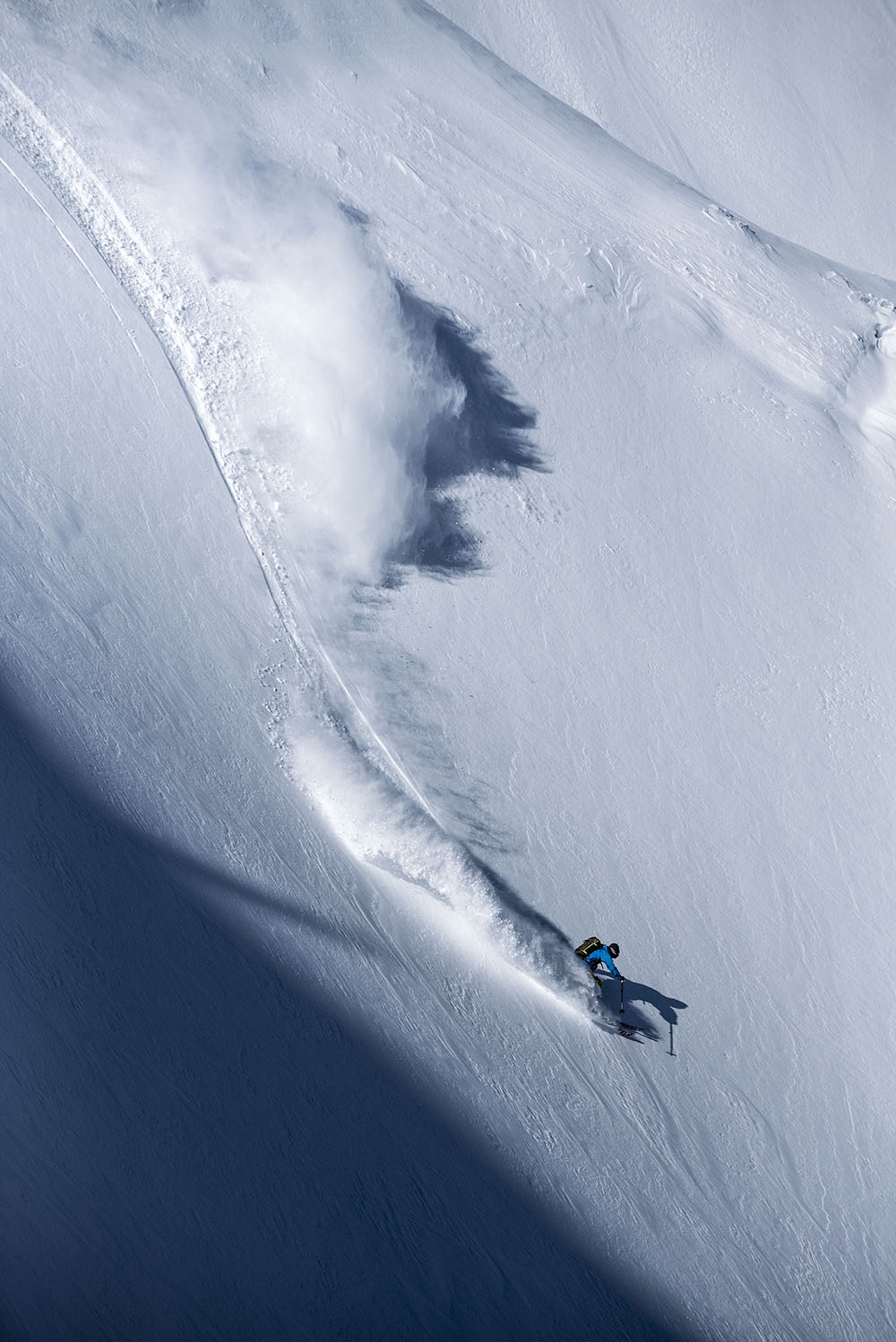
Admired by Daisuke Sasaki in the movie "END OF THE LINE",
convinced of skiing life in "Fall Line"
──I heard that you were originally born in Hokkaido, but when did Yuta come to Hakuba?
6 years ago. I've been at the Color Sports Club (*4) since I was 21, and I'm 27 now, so next winter will be my 7th season.
──What were you doing before that?
Before coming to Hakuba, I was a student at an outdoor vocational school in Myoko. I was born in Kimobetsu Town, Hokkaido, and entered i-nac after graduating from high school. After quitting skiing in my second year of high school, I discovered backcountry skiing, and the first DVD I bought was "END OF THE LINE" (*6) by Daisuke Sasaki.
At that time, there were many other films that influenced me. Like Mighty Jamming (*7). But the first DVD I bought for myself was "END OF THE LINE". I thought it was cool, and from there I admired Daisuke Sasaki. With that in mind, I enrolled at i-nac, where Daisuke is a lecturer.
──Hmm, was that so? I would like to ask the director Yarman (Hiroyuki Yamada*8).
Actually, I met Mr. Yaman in Girdwood (*9) in Alaska several years ago. At that time, I said ``Yamada-san, isn't it?'', and when I told him that I actually bought ``END OF THE LINE'' and admired this world... He was very happy and since then, I have been indebted to him every time I go to Alaska. When I went to Alaska, it was usually the time when Mr. Yaman was also there.
──The first meeting in Alaska, moreover Girdwood, is a “like” episode for both of them.
In Girdwood, I was allowed to live at a local friend's house. I was asked, "Do you know YAMA?" So, by chance, Mr. Yarman was at the place where I was invited to drink, saying, "There's a famous live performance tonight."
──Yarman must feel responsible. To make a big difference in someone's life.
It completely changed my life (laughs). When I was thinking about whether to go to Alaska again in March this year, Yaman-san contacted me and gave me a lot of advice, but in the end I decided not to go on this season's trip. Did.
──What kind of skiing did you do up until high school?
I started competing in the lower grades of elementary school, but from middle school I focused on cross-country skiing. Kimobetsu, where I was born and raised, is famous for Nordic skiing, especially cross-country skiing. But when I was in elementary school, I was competing in alpine competitions at the same time, and when I was playing, I was doing alpine skiing. My house was about 10 minutes away from the Rusutsu ski resort, so I often went skiing at night.
──Why did you quit skiing at that time in active high school?
It was the fall of my second year of high school. I simply had doubts about continuing the competition, or rather, it would cost money and only cause trouble for my parents... One day, while I was in a state of discontent, I found "Fall Line" at a bookstore and browsed through it. Ah, there is such a ski. That was on the back of my mind for a long time and I stopped competing before the season started.
──It's no longer the time to talk about Yaman.
It affected me a lot. At that time, I picked up the 2011 issue at a bookstore, and I still vividly remember the article focusing on the lifestyle of Shin Otsuka (*10), who lives at the foot of Mt. Yotei. Even though I was a high school student, I was shocked to know that there was a person living in such a place, living such a life, and doing such activities right next to me.

──I feel a sense of responsibility.
The picture of the tent set up in the house was also impressive. There's a phrase that I like, "If you want to spend your life doing what you love, it's important to take pride in what you do." These are important words that still live in my heart.
──You did.
At that time, I started going to a coffee shop called "Sprout outdoor espresso" in front of Kutchan station. The owner, Mr. Toge, also likes skiing and kayaking, and on the shelf in the back, I read all the past issues of "Fall Line" lined up. Maybe this store will give you new opportunities or meet someone. That's what I thought.
──I see.
Mr. Toge of Sprout took me to the first backcountry. I borrowed all the equipment except my clothes, boots, and backpack and climbed Mt. Yotei in February. The weather forecast wasn't good, but when I skied, it cleared up and I could see the ski resort of Niseko and the city of Kutchan in the distance. Moreover, I was able to ski on the finest powder (*11) that settled down. Looking back on it now, it was a miracle that I was able to ski in those conditions. It was intense for my first time backcountry, and I think I got the best baptism.
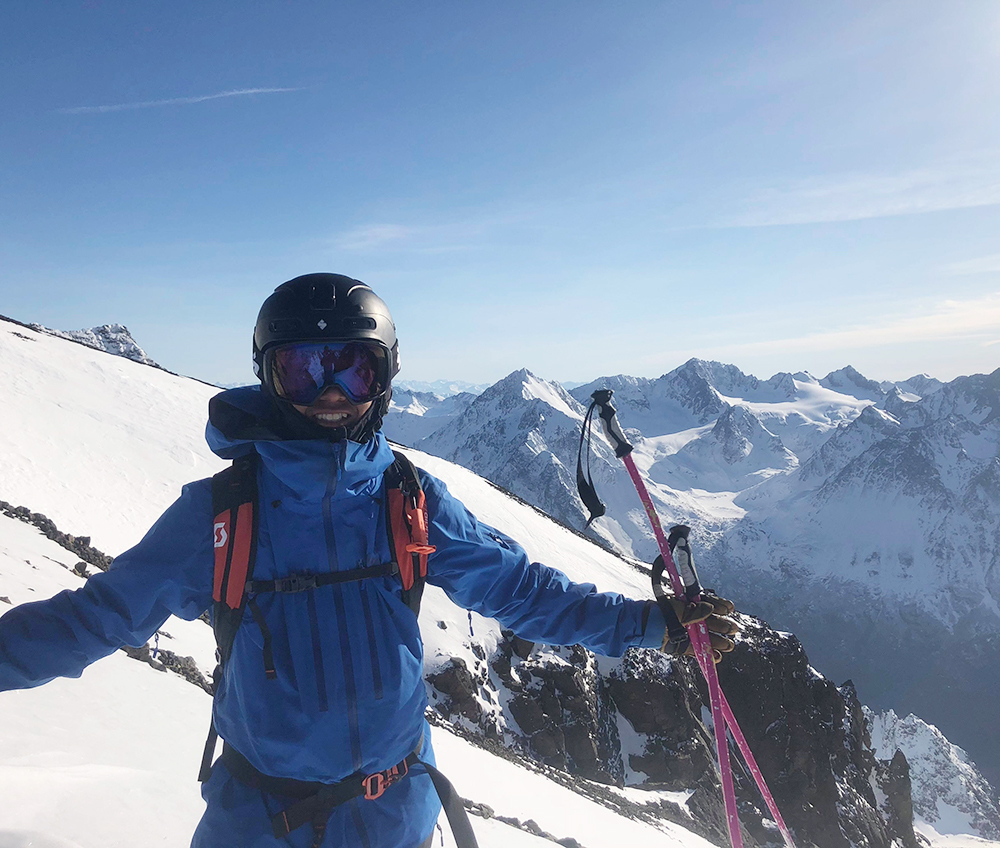
*4 [Color Sports Club]
Hakuba's first backcountry tour service established by Tomohiro Shakawa in 2000. Along with Niseko's "Powder Company", it is a pioneer in Japan as a guide service that thoroughly focuses on skiing instead of conventional mountain skiing.
*5 [i-nac = International Natural Environment Outdoor College]
A vocational school specializing in outdoor activities located in Myoko City, Niigata Prefecture. There are departments such as outdoor guides, instructors, outdoor education, etc. In addition to full-time instructors, there is a gorgeous and diverse lineup of special instructors such as Daisuke Sasaki.
*6 ["END OF THE LINE"]
Released in autumn 2009. A feature-length documentary film about Daisuke Sasaki, directed by photographer Hiroyuki Yamada. We are particular about the visual beauty of 16mm film, and the comments from many people involved are also characteristic. By the way, the interview was done by me and Terakura.
*7 [Mighty Jamming]
Filmed and directed by Hiroyuki Nishio, aka “jackie”. With Taisuke Kusunoki, Toru Kawaguchi, Yoshiya Urata and others as main riders, a free ski movie label that does not stick to genres such as powder, free run, park, and street jib.
*8 [Hiroyuki Yamada]
Started his career as a snowboard photographer, working as a commercial director for top brands such as Panasonic and TOYOTA. He won the Japan Photo Award 2013. Currently, while working as a photographer, he is an associate professor at Nagaoka University of Art and Design.
*9 [Gardwood]
About an hour drive south from Anchorage, the capital of Alaska. A beautiful town facing a secluded bay. The base town of Alyeska Resort and the hub of Chugach Heli, a ski and snowboard town that divides the popularity with Valdez.
*10 [Shin Otsuka]
Snowboard photographer. Debuted in 2010 with the cover photo of "Fall Line". Makkari village at the foot of Mt. Yotei in winter and Tateyama in summer. For several years now, he has been stationed in Tateyama Murodo in the summer, working as a thunderbird observer.
*11 [Exquisite powder that has settled down]
After the snowfall, the snow will settle down over time, but the board will run better. Fresh powder that seems like you can go all the way is good, but powder that has settled down over time and made your skiing even more enjoyable is the best.
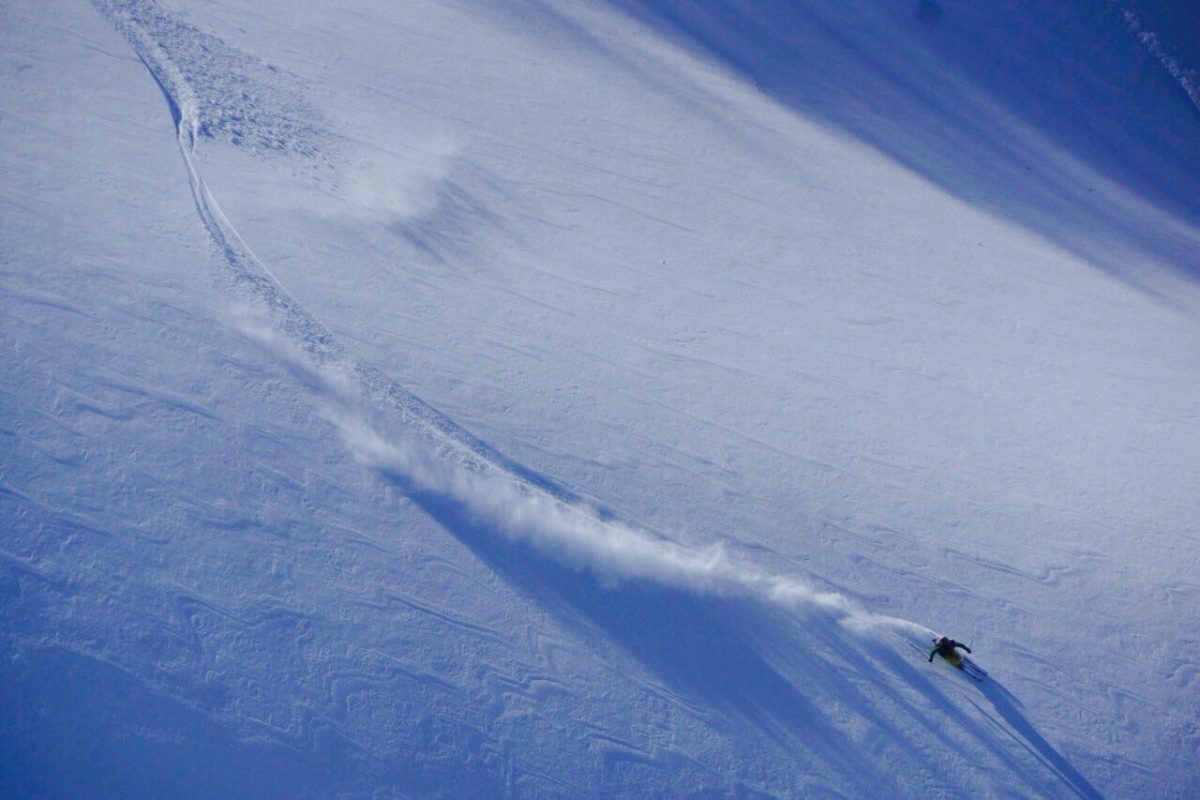
Studied under Daisuke Sasaki, whom he admired, in Myoko, and
was shocked by the Northern Alps in Hakuba.
──What was your first impression when you entered i-nac, an outdoor vocational school, and met Daisuke Sasaki, whom you looked up to?
Daisuke-san's classes started in the second grade, and in the winter of my first year, I had the opportunity to help Daisuke-san on his Myoko tour. I had received an autograph from Daisuke-san on "THE END OF LINE" before, so he remembered me and approached me.
That was the first time I saw Daisuke skating raw, and it was shocking. You could say it's far from human, or rather, it's animal-like. When I saw the slide up close, it was more powerful than I had imagined. Oh, I thought it was amazing.
──What do you study at this school?
I entered a 3-year course called Mountain Pro Course, where you can acquire a mountaineering guide qualification. Other courses included mountain biking, climbing, nature conservation and outdoor education. In addition to Daisuke, the instructors were active guides and climbers such as Makoto Kuroda, Naoyuki Kato, Yasuhiro Hanatani, Toyokazu Nakano, and Ryo Masumoto.
──Can I get a guide qualification after graduating?
Ultimately, they will take an exam from the Japan Mountain Guides Association (*12), but since they also have a written exam and an actual field guiding exam in their third year, they are covered by the school curriculum. are exempt. If you pass the test, you will receive a JMGA Certified Climbing Guide Stage II qualification upon graduation.
──Were you thinking of becoming a guide after graduating from a vocational school?
Ever since I entered a vocational school, I wanted to become a backcountry ski guide. But before that, I thought that in order to make a living as a skier, I needed to pursue my own skiing. It may be a while before I become an official guide, but now is the time to improve my skating. So I decided to slip into Hakuba while working as a staff at the Color Sports Club in Hakuba.
──Didn't you think of going back to Hokkaido to skate? Hokkaido also has a guide service.
I didn't think about it at all. I came to Hakuba for the first time during the summer season when I was in my first year at a vocational school. I wondered if there was such an amazing mountain in Japan. When the season started, I bought a season ticket without hesitation and went to the Hakuba ski resort.
──I see.
In the spring of my sophomore year, I received training at the Color Sports Club. First of all, I participated in a color tour as a guest in advance, and at that time, Tone-san (*13) said, "Please let me train here." After that, I brought an essay in which I wrote my passion and made a formal request. So, while staying in the car in Hakuba, I went to color sports on one day of the tour without fail.
──The role is tail guide?
No, it's about the tail of the tail guide. Of course it was unpaid, but I was able to borrow a staff ticket for the gondola and lift fee. Thinking about it now, I guess I was young... (laughs). For the time being, I thought it would be better to take the plunge rather than regret it later.
──Why was it a color sports club?
When I was reading a magazine, an article about the color sports club caught my eye, and I learned about Tonet's activities so far. Ah, if there is such a person, I thought that I should go here.
Also, in the winter of my second year of high school, there was a Vector Glide test ride event in Niseko, and at that time I wore the Cordova that my teacher gave me when I was in elementary school. It seems that high school students wearing cordova were rare, so Akiba-san (*14) approached me and while we were talking about various things, he said, "If you're going to enter a vocational school in Myoko, you should wear white horses and Kazuya Furuse (*15)." I remember being told that if there is an opportunity, I should skate with him, because he is with me.”
So, when it came to working in Hakuba, it was decided that Tone-san and Kazuya-san would be at the Color Sports Club.

![]() "Second part" from here
"Second part" from here
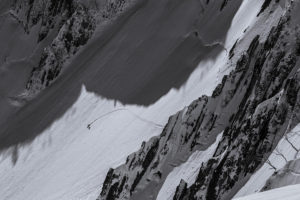
*12 [Japan Mountain Guides Association]
Japan's largest mountain guides association called "JMGA". Although it is not a national qualification, it is actually the most popular guide qualification system in Japan.
*13 [Tone-san = Tomohiro Shakawa]
Representative of Color Sports Club. A pioneer of the Hakuba backcountry who pioneered many lines in the Tateyama mountain range after the cold winter instead of spring. He has many first downhill records that remain in ski history, such as Mt. Many of the current standard tour courses are his lines
*14 [Mr. Akiba = Masayuki Akiba]
Producer and developer of Vector Glide, known for its racing-spec fat skis. "Cordova" is the first Vector Glide model, and even after more than 15 years since its introduction, the basic design has not changed.
*15 [Kazuya Furuse]
After a long history of ski bums abroad, including club fields in New Zealand in the summer and Jackson Hole in the winter, he settled in Hakuba and became a ski guide at the Color Sports Club. He has been independent since 2020 and launched "Locus Guide Service"
[Editor + Writer]
Chikara Terakura
After working for the Miura Dolphins led by Yuichiro Miura for 10 years, he has been involved in moguls and freeskiing for nearly 30 years as a member of the BRAVOSKI editorial staff. Currently, he is working on "Fall Line" as the editor-in-chief, and is active in various media as a freelancer. He has been writing interviews for over 10 years in the mountaineering magazine PEAKS.
Cooperation / sputnik inc.

